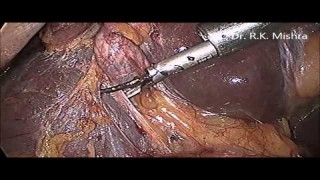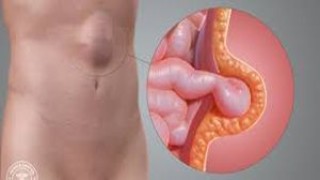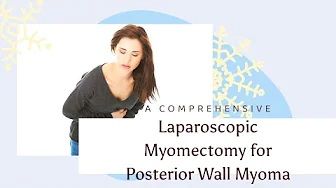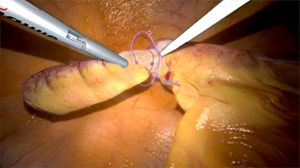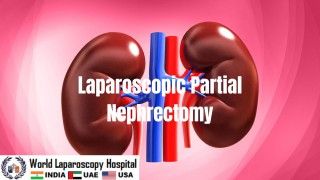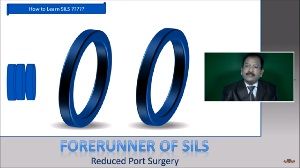Laparoscopic Repair of Small Umbilical Hernia without Mesh
Add to
Share
235 views
Report
2 months ago
Description
A small umbilical hernia is a protrusion of abdominal contents through a weakness in the umbilical area, typically less than 2 cm in diameter. Traditionally, umbilical hernias have been repaired either through open surgery or laparoscopic approaches, often using mesh to reinforce the abdominal wall. However, in select cases of small hernias, laparoscopic repair without mesh can be a safe, effective, and minimally invasive option. Indications Hernia defect size typically less than 2 cm. Patients without significant comorbidities affecting wound healing. Absence of recurrent hernia or extensive abdominal wall weakness. Advantages of Laparoscopic Repair without Mesh Minimally Invasive: Small incisions result in less postoperative pain, faster recovery, and better cosmetic results. Avoids Foreign Material: No mesh-related complications such as infection, rejection, or chronic pain. Quick Recovery: Patients can often resume normal activities sooner than with open repair. Reduced Cost: Avoiding mesh reduces the overall expense of surgery. Surgical Technique Patient Preparation: Under general anesthesia, the patient is placed in a supine position. Port Placement: Typically, 2–3 small laparoscopic ports are used to access the abdominal cavity. Hernia Reduction: The hernial sac contents are carefully reduced back into the abdominal cavity. Defect Closure: The defect in the abdominal wall is closed using intracorporeal suturing techniques with absorbable or non-absorbable sutures. Some surgeons prefer a figure-of-eight or running suture technique to ensure strength and minimize tension. Assessment: The abdominal wall closure is checked for any gaps or residual defects. Pneumoperitoneum is released, and ports are removed. Closure of Port Sites: Port sites are closed with sutures, ensuring minimal scarring. Postoperative Care Patients can usually start oral intake and mobilization the same day. Pain is mild and manageable with oral analgesics. Follow-up is done within 1–2 weeks to monitor wound healing. Strenuous activity and heavy lifting are generally avoided for 4–6 weeks. Outcomes Recurrence rates for small umbilical hernias repaired without mesh are low if tension-free closure is achieved. Minimal complications, such as seroma or hematoma, can occur but are usually manageable. Excellent cosmetic outcomes due to small laparoscopic incisions. Conclusion Laparoscopic repair of small umbilical hernias without mesh is a safe and effective surgical option for selected patients. It combines the benefits of minimally invasive surgery with the avoidance of foreign materials, resulting in quicker recovery, reduced complications, and excellent cosmetic results. Careful patient selection and meticulous surgical technique are key to long-term success.
Similar Videos

